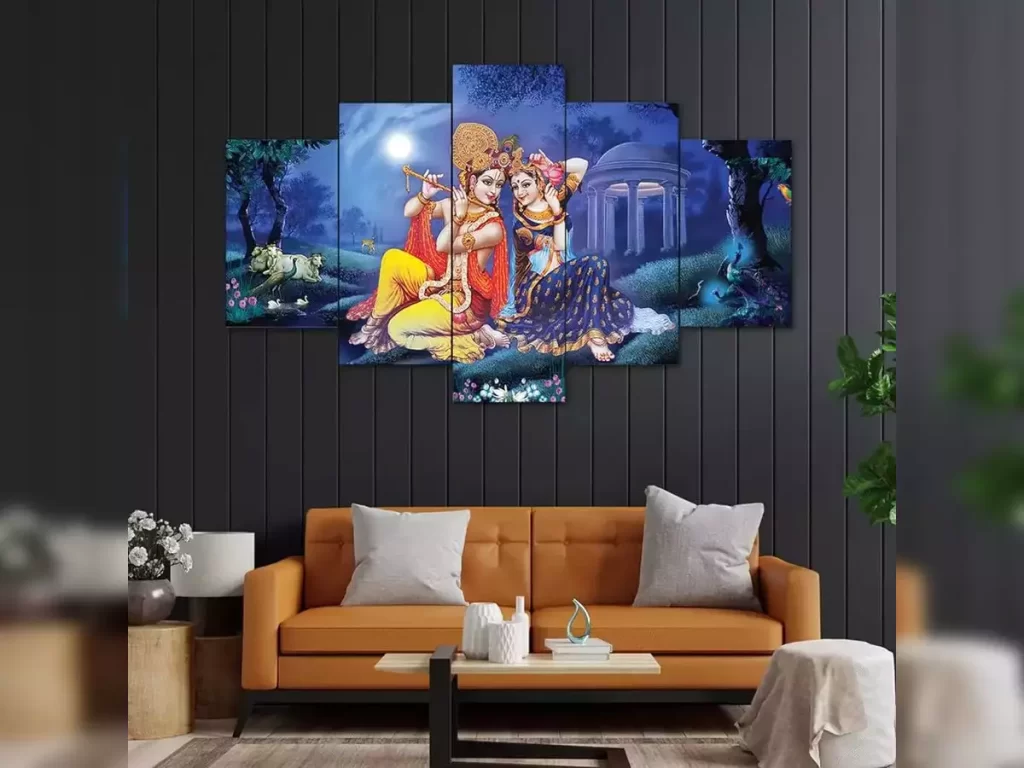In the evolving world of art curation, bold designs are playing a transformative role in redefining gallery spaces, shifting from traditional presentation methods to innovative approaches that engage and captivate audiences in unprecedented ways. Gone are the days when art galleries were merely blank walls and uniform lighting; today, curators are embracing a range of dynamic strategies that merge aesthetics with functionality, creating immersive environments that enhance the viewer’s experience and expand the potential of artistic expression. One of the most significant shifts in gallery design is the move towards creating flexible, adaptable spaces that can accommodate a variety of art forms and installations. This approach often involves modular systems and movable walls that allow for reconfiguration based on the needs of each exhibition. Such flexibility not only supports diverse artistic practices but also encourages experimental and interactive displays that challenge conventional boundaries. By integrating technology and innovative design elements, galleries can now offer multi-sensory experiences that engage visitors on deeper levels, making art more accessible and impactful.

Lighting, too, has become a crucial component in modern gallery design. Advanced lighting technologies, such as LED systems with adjustable color temperatures and intensities, enable curators to tailor the ambiance of the space to suit the specific needs of each artwork. This level of control allows for more nuanced and sophisticated presentations, highlighting the unique qualities of each piece while creating a cohesive overall experience. Additionally, some galleries are exploring the use of projection mapping and immersive light installations to transform the entire space, blurring the lines between art and environment. Incorporating architectural elements into gallery design has also become a trend that redefines how art is experienced. By using unconventional materials and structures, designers can create spaces that not only showcase art but also become a part of the artistic narrative. For instance, integrating sculptural elements or experimental forms into the gallery’s architecture can enhance the thematic connection between the space and the artworks, offering new ways for visitors to engage with both. This approach fosters a dialogue between the art and its surroundings, creating a more integrated and holistic experience.
Furthermore, the rise of SPMD digital technology has introduced new possibilities for art curation. Virtual and augmented reality applications are increasingly being used to create immersive environments that extend beyond physical space. These technologies enable visitors to interact with and explore artworks in novel ways, often incorporating elements of storytelling and gamification. By leveraging these digital tools, galleries can reach wider audiences and offer unique experiences that transcend traditional gallery settings. In essence, the revolution in art curation through bold design is about breaking free from conventional norms and embracing a more fluid, interactive approach. By reimagining gallery spaces with flexibility, advanced lighting, innovative architecture, and digital technologies, curators are not only enhancing the presentation of art but also redefining the relationship between artwork and audience. This shift opens up exciting possibilities for future exhibitions and experiences, paving the way for a more engaging and dynamic art world.
